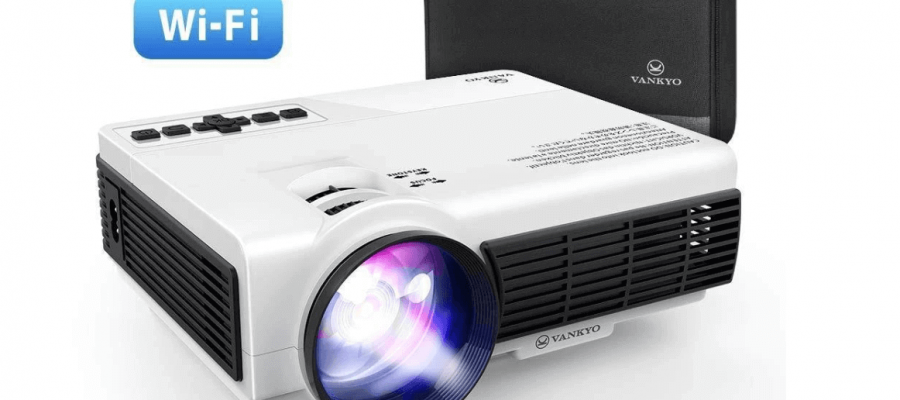Projector design, like all other aspects of technology, is adopting miniaturization. Components are getting smaller with the development of more advanced chipsets. The next frontier in projector technology is mini movie projectors. The hugely reduced size and minimal weight of the mini projectors make them super portable. Additionlly, the main discoveries in light projection techniques and technologies include:
- Laser
Beam Steering (laser) projection - Digital
Light Processing (DLP) - Liquid
Crystal on Silicon (LCoS)
Mini projectors integrate many
technologies to end up with a final working device. The core technologies
utilized in mini projection also rely on connection technologies such as HDMI,
USB, and SD cards. Specialized software is integrated into mini projectors to
control all the components and keep them working in harmony. Let us now review
each of these types of mini-movie
projectors and their technologies.
- Laser Beam Steering mini movie projectors
The company that initially developed the
concept of laser beam steering for mini projection capability is Microvision.
The company successfully implemented scanning mirror technology, also known as
the Micro-Electrical-Mechanical-System. This consists of a minuscule silicon
component that oscillates a tiny mirror vertically and horizontally in the
direction of a colored laser beam. The software redirects this beam to build
the image pixel by pixel. The commercial version of this technology is called
PicoP.
- Digital
Light Processing (DLP) mini projectors
Invented and publicized by the hugely
successful Texas Instruments company. Previous larger designs made use of
spinning color wheels and lamp combos to run the mini projectors. The newer DLP
concepts replaced the combined lighting system. The smaller models are made possible
by extremely bright LEDs, which also make manufacturing very cheap. DLP works
to create an image by directing the LEDs through tiny mirrors arranged in a
matrix format on a semi-conductor called a Digital Micromirror Device (DMD).
The result is smooth, stable images without the need for a bulb. This makes DLP
the most popular technique for mini-movie projector design.
- Liquid
Crystal on Silicon
LCoS is somewhat similar to DLP, with the
only difference being in the way the mirror arrangement of LCoS utilizes Liquid
Crystals. Mini movie projectors
created using LCoS offer higher resolution, high-contrast images, and stable
viewing. One benefit of this technology is its maturity, having been first
developed by General Electric in the 70s.
Capabilities
of mini-movie projectors
As time goes by, many gadgets are
shrinking in size, and many can now fit in your pocket. Mini projectors are no
different. The existing versions are well suited for multimedia presentations
and low-quality videos. The benefits of mini projectors include small size and
easy setup and integration. They also come with built-in sound and storage. The
disadvantages of mini projectors include insufficient brightness, lowered
resolution, and limited sets of features.
Conclusion
Mini projectors have introduced the significant
screen experience to our homes. We are no longer in the days when the only
place you could watch a movie was a theatre to watch a new movie. Mini movie projectors are
brighter, lighter, and easier to install. Modern projectors are smaller, but
thanks to visual and digital innovations, the quality of the images are
comparable to that of movie theatres.

